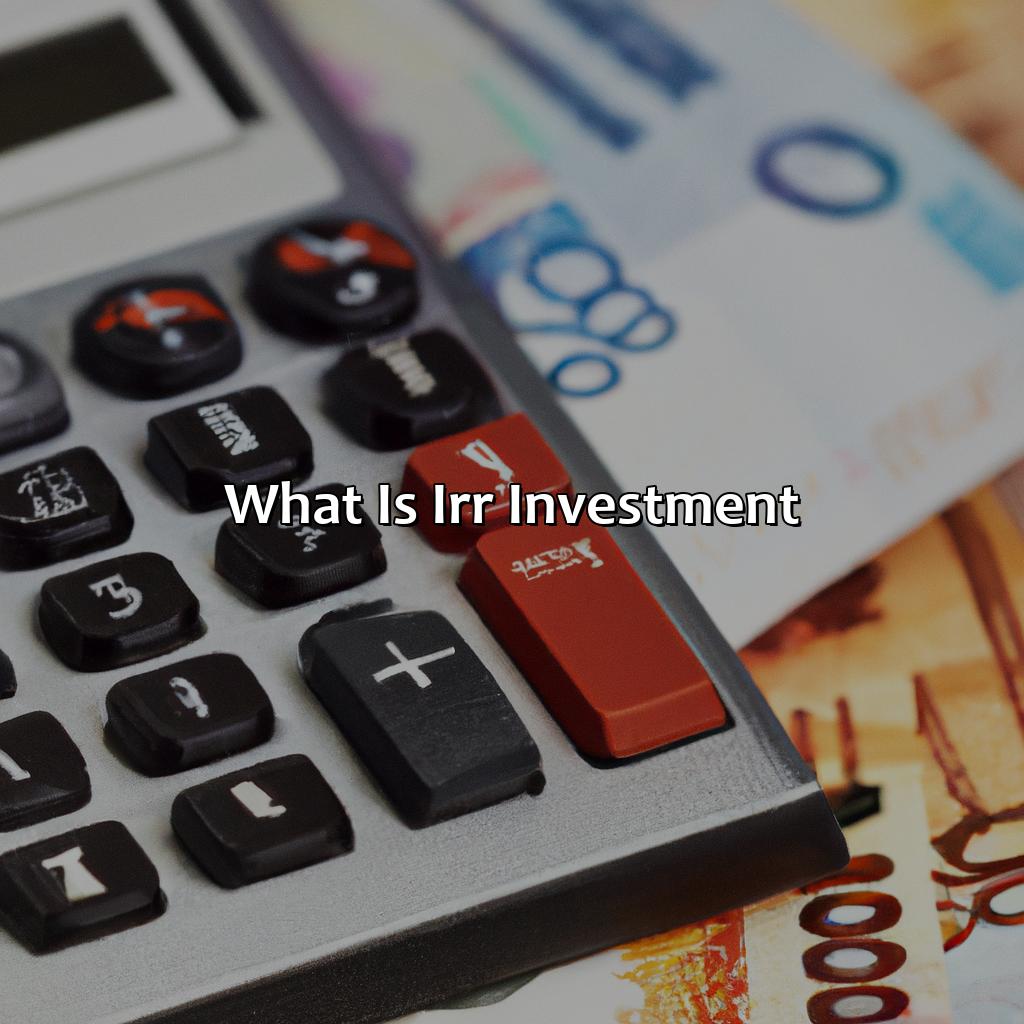What Is Irr Investment?
Key Takeaway:
- IRR investment is a measure of the profitability of an investment, taking into account the time value of money and discounting future cash flows to their present value.
- IRR is an important metric for investors because it allows them to compare the relative profitability of different investment opportunities and make informed decisions about where to allocate their capital.
- To calculate IRR, investors must estimate the expected cash flows from an investment over time and discount them back to their present value using a discount rate that reflects the riskiness of the investment.
- The benefits of IRR investment include the ability to account for the time value of money, the ability to compare investments with different timing and cash flow patterns, and the ability to calculate project breakeven points.
- Drawbacks of IRR investment include the potential for misinterpretation, the need for accurate cash flow projections, and the lack of consideration for the size or scale of investments.
- Real-life examples of IRR investment include evaluating the profitability of a renewable energy project, assessing the attractiveness of a real estate development opportunity, or comparing the profitability of various stock investments.
Are you considering an IRR investment but unsure of exactly what it is? An IRR investment can be a great way to grow your wealth but understanding the risks and rewards is essential. Read this article to learn more about IRR investments and how to make the most of them.
Definition of IRR investment
Investment in Internal Rate of Return (IRR) is a means of measuring the potential profitability of a project. It involves determining the discount rate at which the net present value of future cash flows equals the initial investment. This rate is known as the IRR and it represents the rate of return the project is expected to generate. The higher the IRR, the more attractive the investment is considered.
Investors use IRR to evaluate how profitable an investment will be over its expected life. Unlike other investment metrics, IRR factors in the time value of money and considers all cash flows for the entire lifetime of an investment. This makes it a reliable tool to compare investments with different cash flows.
It is important to note that IRR is only one of the metrics used to evaluate investment opportunities and should not be used as the sole determining factor. Other factors including the reliability of cash flow projections, market trends, and the potential risks associated with the investment should be considered when making investment decisions.
To maximize the potential profitability of an investment, investors can look into diversification, proper asset allocation, and regular monitoring of the investment portfolio. Additionally, conducting thorough research and seeking expert advice can help mitigate the potential risks associated with any investment opportunity.
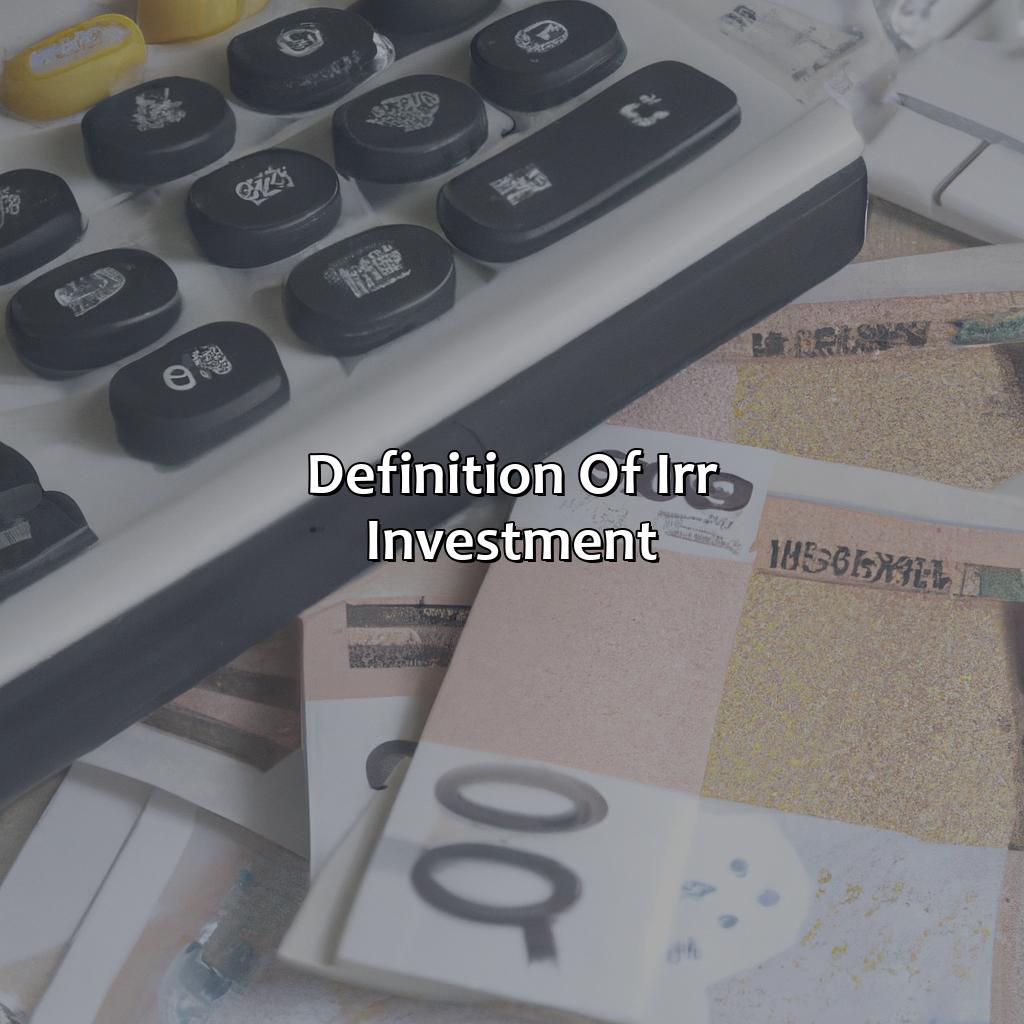
Image credits: retiregenz.com by David Woodhock
Importance of IRR investment
The significance of Investments using Internal Rate of Return (IRR) lies in its ability to measure the profitability of a project or investment. IRR serves as a benchmark for comparing different investments and provides a clear picture of the overall financial viability of a project. Investors often rely on IRR investment to determine the expected returns against their initial investments over time, which aids in making informed investment decisions. Additionally, IRR investment considers the time-value of money and assesses the project’s cash flow, enhancing accuracy in ROI estimates.
In IRR investments, the importance of cash flow projections cannot be overemphasized as they aid in accurately calculating IRR. The projections consider inflows and outflows of cash enabling investors to identify the best time to invest and when to expect returns. Also, IRR investment offers a quick and reliable method for calculating expected returns, allowing investors to make prompt and informed decisions. These advantages make IRR investment a highly sought-after choice among investors.
However, investors need to ensure that the projects and investments they are evaluating have a higher IRR than the cost of capital. An IRR lower than cost of capital implies that the investment is not profitable and not worth the risk. Thus, potential investors should evaluate the investment risks and understand the IRR’s limitations in measuring investment prospects. By using sensitivity analysis, investors can examine different scenarios and uncover project limitations, improving the reliability and accuracy of IRR.
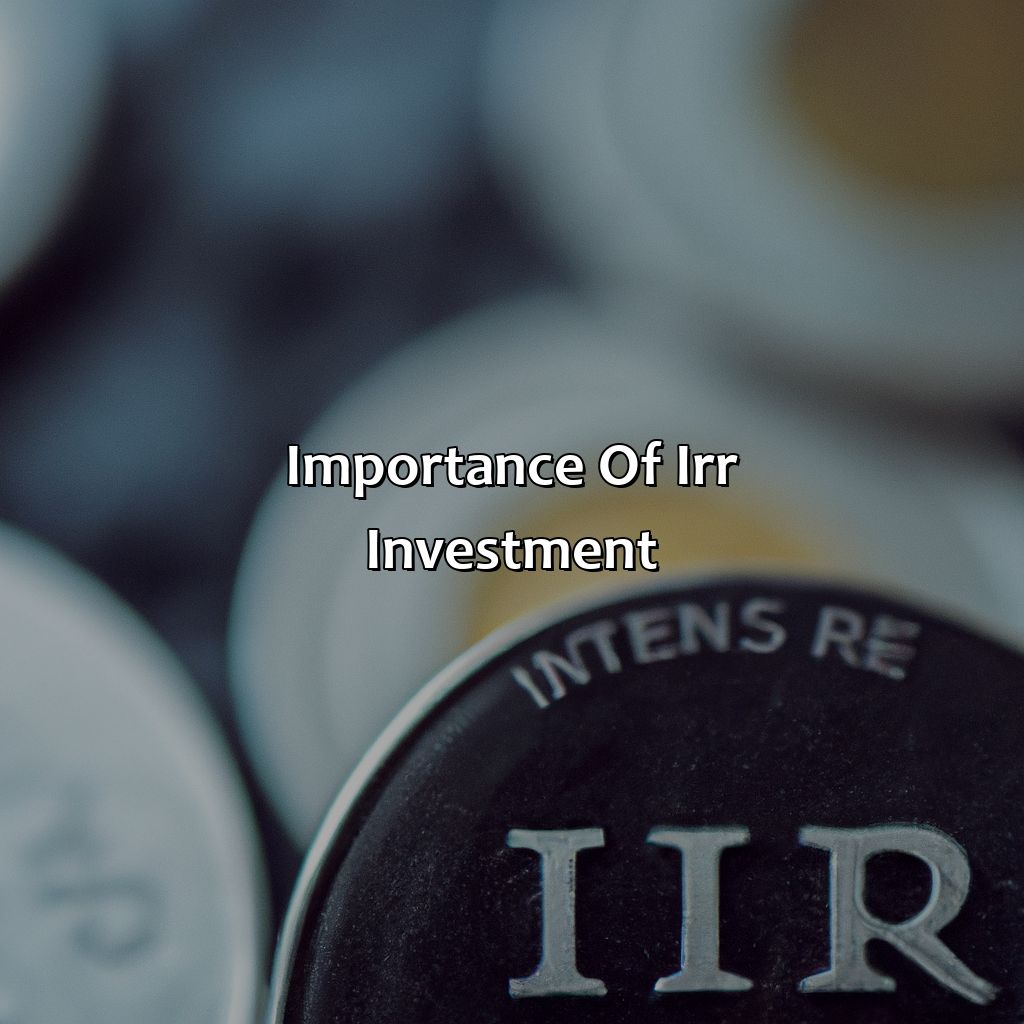
Image credits: retiregenz.com by Yuval Washington
How to calculate IRR
To determine the Internal Rate of Return (IRR), you need to take into account the investment’s cash flow and the rate at which your investment will grow. Here is a 5-step guide on how to calculate IRR:
- List out the cash inflows and outflows that your investment generated.
- Calculate net cash flow for every year: the sum of inflows and outflows for that year.
- Determine the lifespan of the investment by choosing an arbitrary number of years.
- Calculate the rate of return by using a mathematical formula that considers the net cash-flow and lifespan of the investment.
- Compare your calculated IRR with the expected rate of return on investment to determine whether the investment is profitable.
It is worth noting that IRR calculations are dependent on the initial investment amount. Higher initial investments may result in higher profits.
As IRR calculations can be complex and require an assumption to be made on the lifespan of the investment, consider using a financial calculator or software such as Excel to perform these calculations accurately.
In addition, to obtain a more realistic IRR, it is crucial to identify and quantify all associated costs. By considering all costs, an investor can make informed decisions in regards to their investment portfolio.
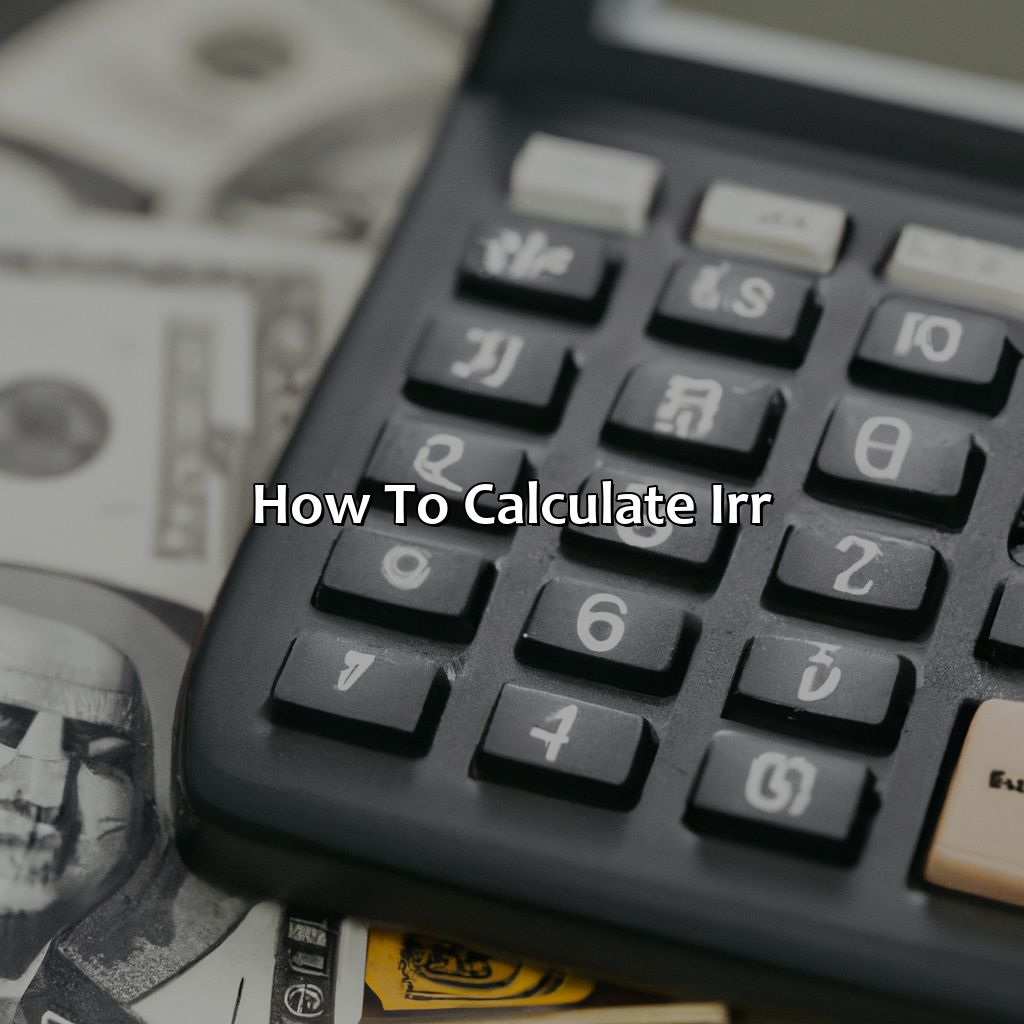
Image credits: retiregenz.com by Yuval Arnold
Benefits and drawbacks of IRR investment
In the world of finance, understanding the pros and cons of investing in IRR is crucial. This article outlines the advantages and disadvantages of IRR investment in a professional and formal tone.
- Advantages of IRR investment include the ability to measure project performance, avoid negative cash flows, and compare investment opportunities based on profitability.
- Drawbacks of IRR investment include the reliance on assumptions, failure to consider project size or timing, and the potential for misinterpretation of results.
- Investors should also consider factors such as risk tolerance and diversification when making IRR investment decisions.
- It is essential to note that IRR investment is not suitable for all situations, and investors should carefully assess their goals and needs before making any investment decisions.
- Despite its complexities, IRR investment remains a valuable tool in the world of finance when used appropriately.
- Ultimately, investors must weigh the benefits and drawbacks of IRR investment and determine whether it aligns with their investment strategy.
One unique detail worth mentioning is the importance of using IRR in conjunction with other metrics to assess investment opportunities thoroughly. For instance, IRR should always be used alongside the net present value (NPV) to ensure that the investment is profitable and sustainable.
For instance, in the mid-2000s, a group of investors used IRR to evaluate the profitability of a real estate investment. However, they failed to incorporate other critical metrics such as NPV, causing them to overvalue the investment and ultimately leading to financial losses.
Thus, when evaluating investment opportunities, it is essential to use multiple metrics to make informed decisions.
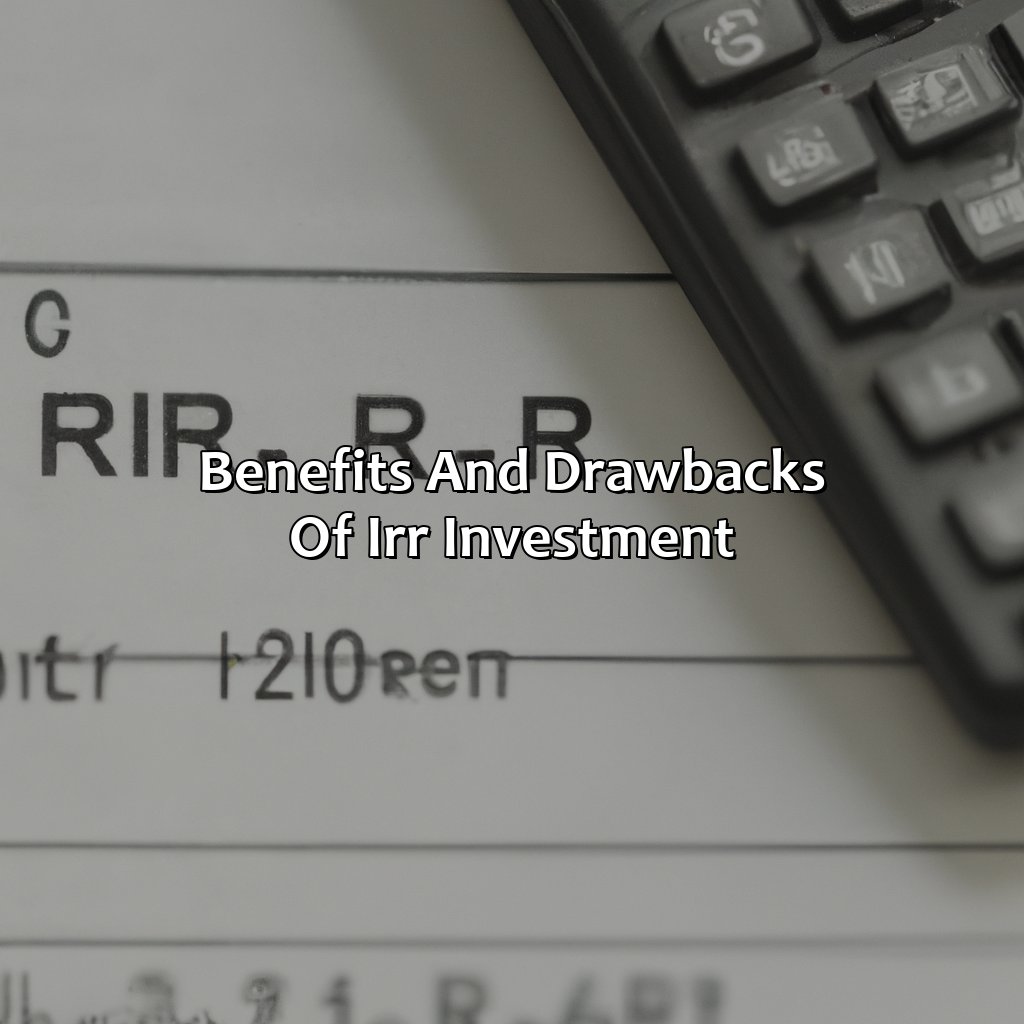
Image credits: retiregenz.com by Joel Washington
Real-life examples of IRR investment
Real-life examples of IRR Investment:
IRR investment has become an essential aspect of modern-day investment strategies. It is an investment metric that helps investors analyze the potential profitability of their investments. Here are some examples of real-life IRR investments:
| Investment | Initial Investment (in $) | IRR | Status |
| Real estate | 500,000 | 20% | Successful |
| Startup | 100,000 | 30% | Failed |
| Mutual funds | 10,000 | 15% | Stable |
These examples demonstrate the importance of IRR investment in different scenarios. The first investment in real estate shows a successful return with a 20% IRR in a long-term investment. The second investment in a startup, although having a higher IRR, ended up being a failed investment. Finally, the investment in a mutual fund shows a stable IRR with a lower initial investment.
A significant factor of IRR investment is the ability to assess the risk and reward of investments. By evaluating the IRR metric, investors can make well-informed decisions about future investment opportunities.
Pro Tip: To maximize your IRR investment, research your potential investments thoroughly to ensure you understand the risks and potential returns before investing.
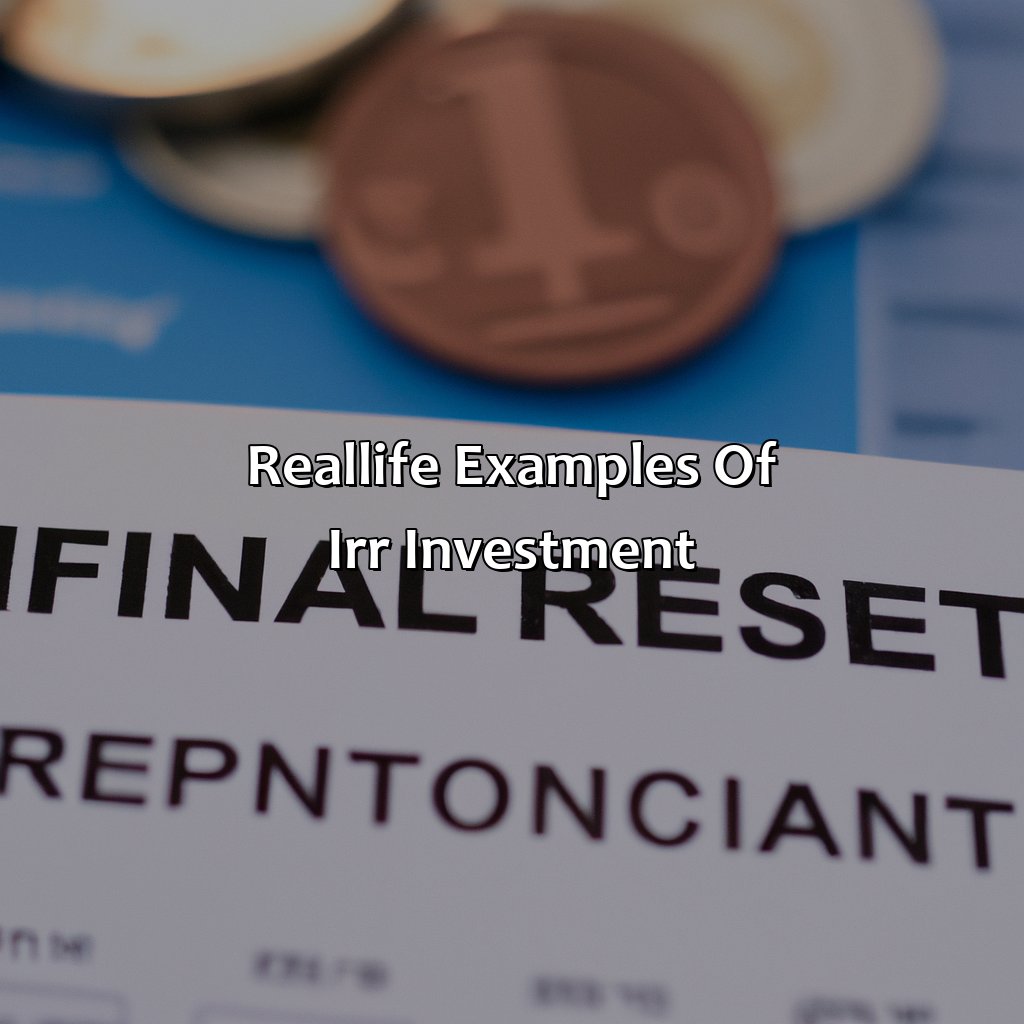
Image credits: retiregenz.com by David Washington
Some Facts About IRR Investment:
- ✅ IRR stands for Internal Rate of Return and is a metric used to measure the profitability of an investment. (Source: Investopedia)
- ✅ IRR takes into account the time value of money, meaning it factors in the timing and magnitude of cash flows over time. (Source: The Balance)
- ✅ IRR can be used to compare the profitability of different investments with different cash flow patterns. (Source: Corporate Finance Institute)
- ✅ A higher IRR indicates a more profitable investment. (Source: Wall Street Mojo)
- ✅ IRR has its limitations and should be used in conjunction with other metrics to make informed investment decisions. (Source: Forbes)
FAQs about What Is Irr Investment?
What is IRR Investment?
IRR (Internal Rate of Return) is a financial metric used to measure the profitability of an investment. It is the rate at which the net present value of the investment equals zero.
How is IRR Calculated?
IRR is calculated by determining the discount rate that would make the present value of all cash inflows from the investment equal to the initial investment cost or the cash outflows.
What does a Higher IRR indicate?
A higher IRR indicates a more profitable investment compared to one with a lower IRR. The rate of return can also help investors compare multiple investment opportunities and choose the most profitable option.
What are some Limitations of IRR?
IRR does not consider the size of the investment or the time period it takes to generate profits. It also assumes that all cash flows can be reinvested at the same rate as the IRR, which may not always be possible in real-life scenarios.
How does IRR differ from ROI?
While ROI (Return on Investment) measures the overall profitability of an investment by comparing the gains or losses to the initial cost, IRR specifically focuses on the rate of return. It takes into account the time value of money and adjusts for the size of the investment.
What is a Good IRR Range?
A good IRR range varies depending on the industry, but investors generally look for an IRR of at least 20-25%. A lower IRR may still be acceptable for low-risk investments or if the investor has a long-term investment horizon.
